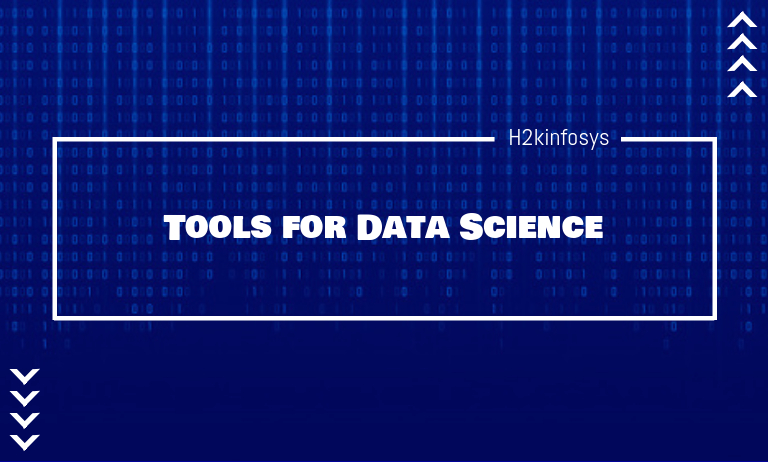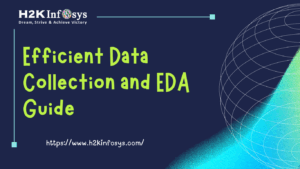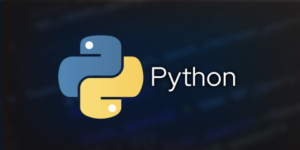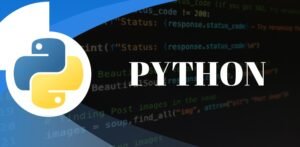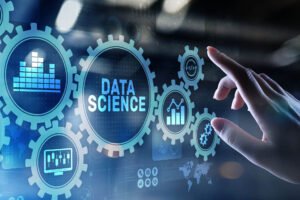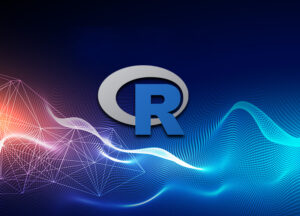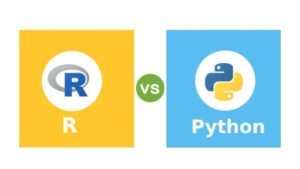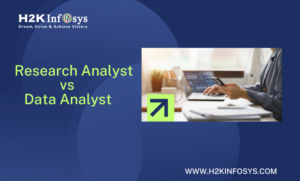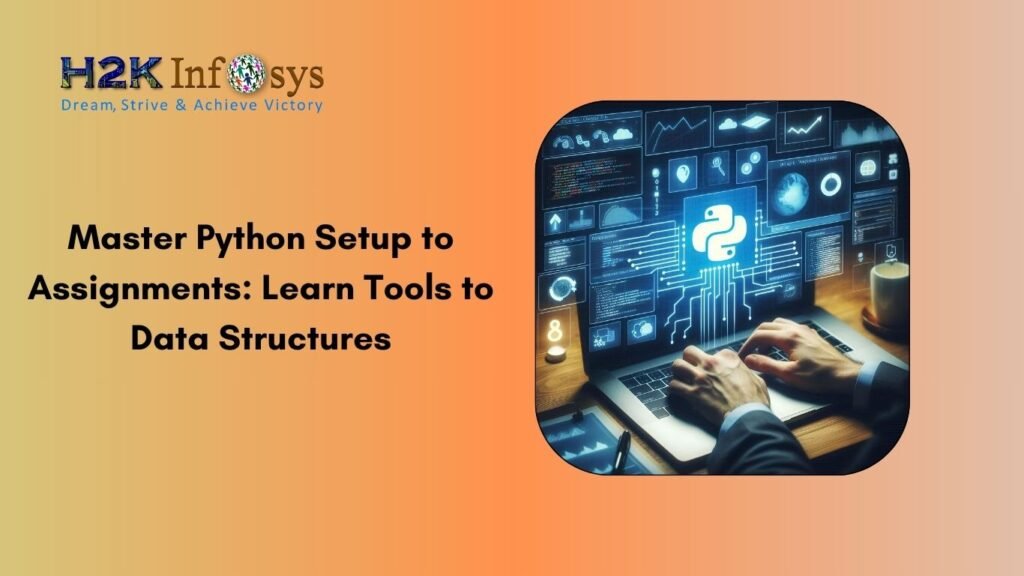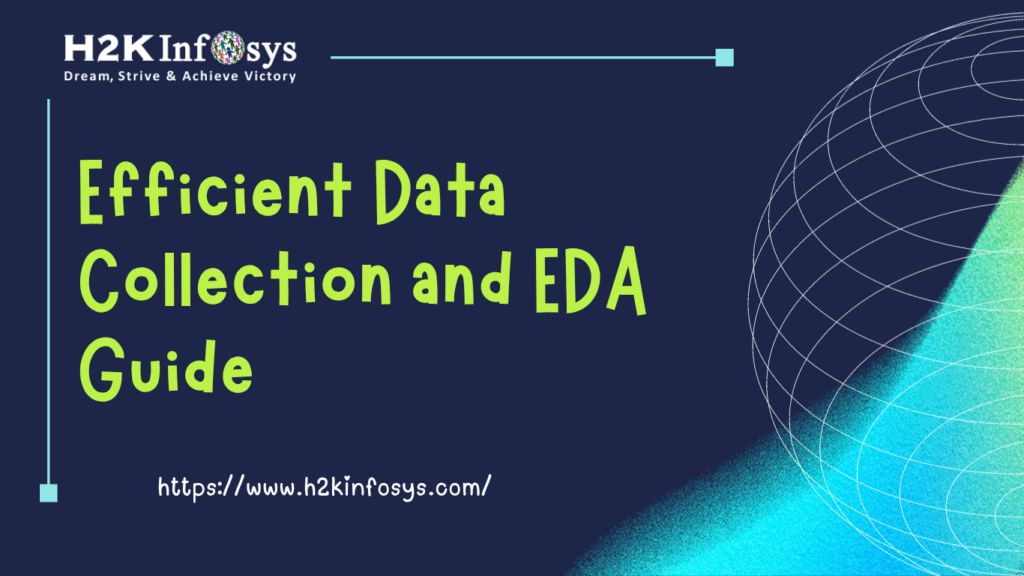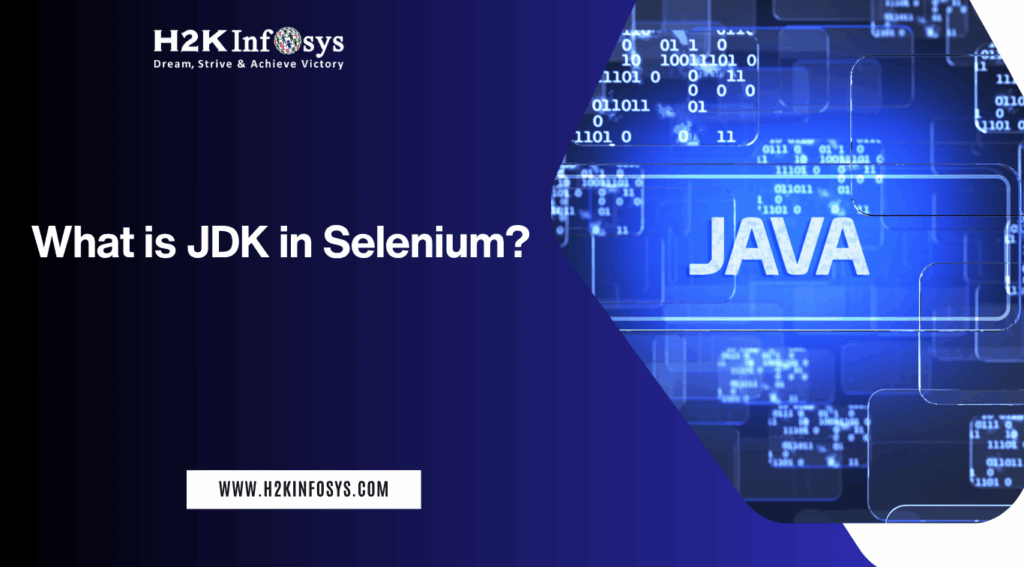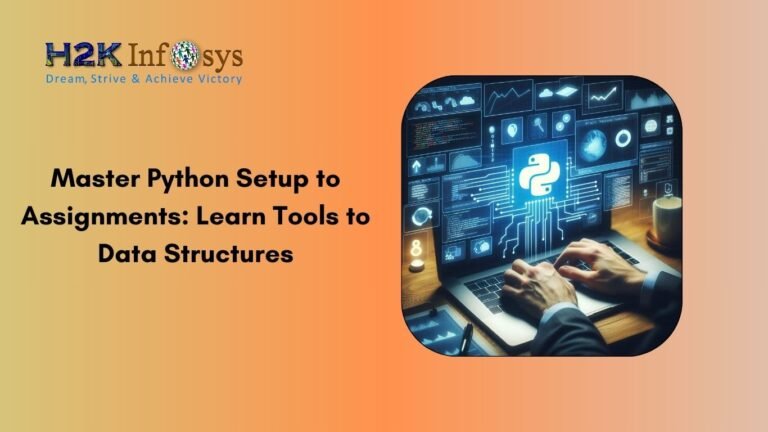The various data Science tools used for the different stages in a Data Science tools process are:
- Data Analysis
- R
- Spark
- Python
- SAS
- Data Warehousing
- Hadoop
- SQL
- Hive
- Data Visualization
- R
- Tableau
- Machine Learning
- Spark
- Azure ML Studio
- Mahout
R: R is a free software and programming language for statistical analysis, graphics representation, and reporting developed by Ross Ihaka and Robert Gentleman. R possesses an extensive catalog of statistical and graphical methods. It includes machine learning algorithms, linear regression, time series, and statistical inference. Most of the R libraries are written in R, but C, C, C++, and FORTRAN codes are preferred for heavy computational tasks.
R is not only entrusted by academics, but many large companies also use R programming language, including Uber, Google, Airbnb, Facebook, and so on.
R is available free under the GNU General Public License, and pre-compiled binary versions are available for other operating systems such as Linux, Windows, and Mac.
R is free software distributed under a GNU-style copyleft and an official part of the GNU project called GNU S.
Download Link: https://cran.r-project.org/bin/windows/base/
Spark: Apache Spark (Spark) is an open-source data-processing engine for large data sets and is designed to deliver the computational speed, scalability, and programmability specifically for streaming data, graph data, machine learning, and artificial intelligence (AI) applications.
Spark’s analytics engine processes data 10 to 100 times faster than alternatives. It scales by distributing processing work across large clusters of computers, with built-in parallelism and fault tolerance. It even includes APIs for programming languages popular among data analysts and data scientists, including Scala, Java, Python, and R.
Spark is often compared to Apache Hadoop, and specifically to MapReduce, Hadoop’s native data-processing component. The chief difference between Spark and MapReduce is that Spark processes and keeps the data in memory for subsequent steps without writing to or reading from disk, which results in dramatically faster processing speeds.
Download Link: https://spark.apache.org/downloads.html
Python: Python is a high-level, interpreted, interactive, and object-oriented scripting language. It is designed to be highly readable. It uses English keywords frequently, whereas other languages use punctuation, and it has fewer syntactical constructions than other languages. It supports functional, structured programming methods, and OOPs. It can be either be used as a scripting language or can be compiled to byte-code for building large applications. It also provides very high-level dynamic data types and supports dynamic type checking. It supports automatic garbage collection. It can easily integrate with C, C++, COM, ActiveX, CORBA, and Java.
Download Link: https://www.python.org/downloads/
SAS: SAS Business Intelligence and Analytics(BIA), also known as Visual Analytics, incorporates business intelligence and analytics to detect and specialize in building enterprise-ready tools for users across industries. It also offers usable, self-service instruments and solutions; deploy real-time analysis directly on mobile devices and Microsoft apps. SAS Visual Analytics is the first module, which allows you to view data, identify relationships and patterns, and gain an in-depth insight into interactive visualizations. You can also ask hard questions, irrespective of your ability level. It integrates with MS Office programs such as Excel and Outlook to keep data in the hands of those who need it most.
Download Link: https://www.sas.com/en_in/home.html
Hadoop: Apache Hadoop (Hadoop) is an open-source framework used to efficiently store and process large datasets where size ranges from gigabytes to petabytes of data. Instead of using only one large computer to store and process the data, Hadoop allows clustering the multiple computers to analyze massive datasets in parallel more quickly.
Hadoop makes it easier to use all the storage and processing capacity in cluster servers and to execute distributed processes against huge amounts of data. Hadoop also provides the building blocks on which other services and applications can be built.
Download Link: https://hadoop.apache.org/releases.html
SQL: SQL is Structured Query Language, a computer language for storing, manipulating, and retrieving the data stored in the relational database.
It is a standard language for the RDMS. All the Relational Database Management Systems (RDMS) such as MySQL, MS Access, Oracle, Sybase, Informix, Postgres, and SQL Server uses SQL as their standard database language.
Download Link: https://www.mysql.com/downloads/
Hive: Apache Hive (Hive) is a data warehouse system for Hadoop that runs SQL like queries called HQL (Hive query language) that gets internally converted to map-reduce jobs. Facebook developed the hive. It also supports Data definition Language, Data Manipulation Language, and user-defined functions.
Download Link: https://hive.apache.org/downloads.html
Tableau: Tableau is a fastly growing and powerful data visualization tool. It is also a business intelligence tool that helps us to analyze the raw data in the form of a visual manner; it may be a graph, report, etc.
Example: If you have any data like Big Data, Hadoop, SQL, or any cloud data, and you want to analyze that given data in the form of pictorial representation of data, you can use Tableau.
Data analysis is very fast with Tableau, and the visualizations created are in the form of worksheets and dashboards. Any professional can understand the data created using Tableau.
Download Link: https://www.tableau.com/products/desktop/download
Azure ML Studio: Azure Machine Learning is a separate and modernized service that delivers a complete data science tools platform. It supports both code-first and low-code experiences. Azure Machine Learning Studio is a web portal in Azure Machine Learning that contains low-code and no-code options for project authoring and asset management.
Azure ML also allows users to connect directly with sources like Hive Query, Azure SQL, on-premise data sources, etc. If you are working on video analysis, Azure Machine Learning can translate your videos into nine different languages, whereas AWS and GCP do not support video translation. To sum it up, Azure Machine Learning stands out with its unique features.
